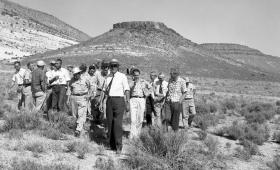On Sept. 19, 1957, the University of California Radiation Laboratory, Livermore detonated the first contained underground nuclear explosion, “Rainier,” into a long tunnel beneath a high mesa in the northwest corner of the Nevada Test Site.
A Look Back
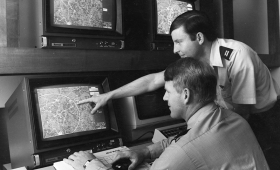
In 1981, a select group of U.S. Army officers visited Lawrence Livermore National Laboratory to participate in a series of nuclear wargames unlike any conducted.
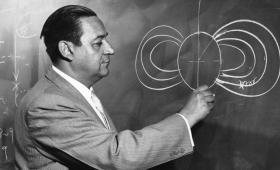
In 1958, the United States conducted a set of nuclear tests, codenamed ARGUS, to determine whether they could interfere with communications and weapons performance.
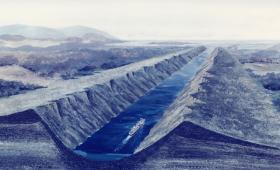
“Project Dugout” was intended to explore the use of nuclear explosives for large-scale earth excavation projects, such as the creation of harbors and canals.
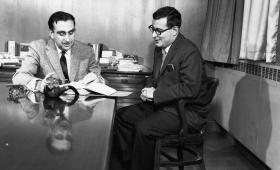
Physicist, former Lawrence Livermore National Laboratory Director Harold Brown left an indelible mark
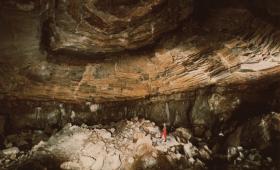
The Atomic Energy Commission established the Plowshare Program in June 1957 to explore the peaceful uses of nuclear energy.
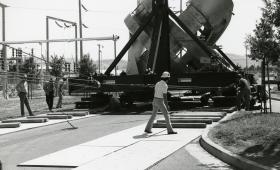
Over a busy weekend in early May 1981, a method used by the ancient Egyptians to build the pyramids was used to move a massive piece of 20th century technology across the Lab grounds.
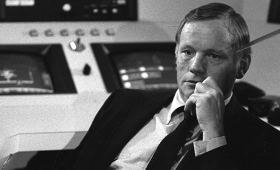
In September 1981, legendary astronaut and first man on the moon Neil Armstrong visited Lawrence Livermore National Laboratory for the filming of a TV documentary on the U.S.
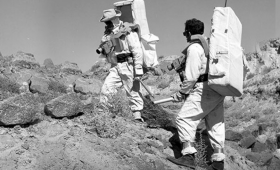
In February 1965, Apollo astronauts paid a visit to the pockmarked desert of the Nevada Test Site as part of their lunar training.
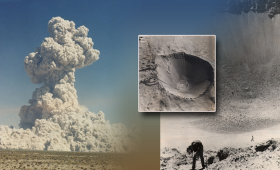
On July 6, 1962, the Sedan Event, the largest of the Project Plowshare experiments, was conducted at the Nevada Test Site. This 100-kiloton blast produced a crater approximately 1,200-feet-in-diameter, with a depth of 320 feet ...


